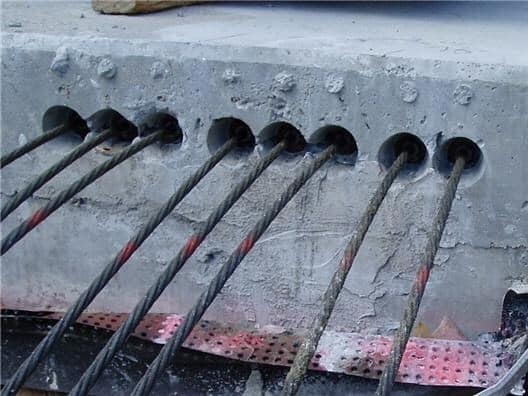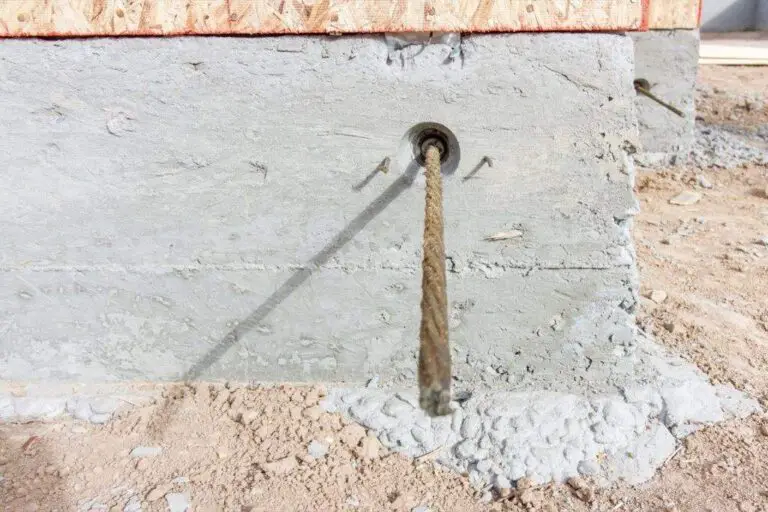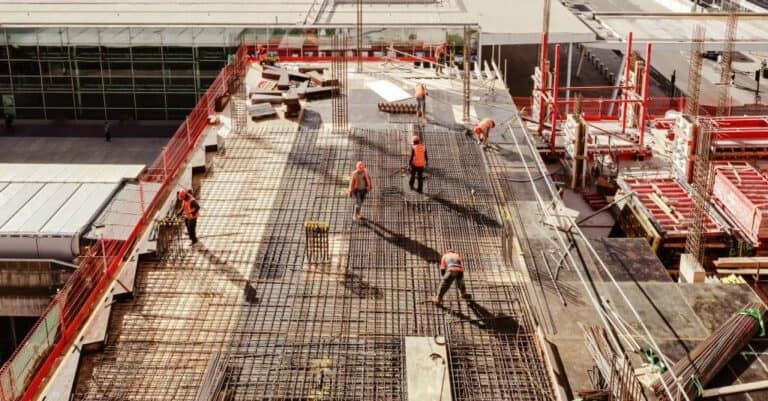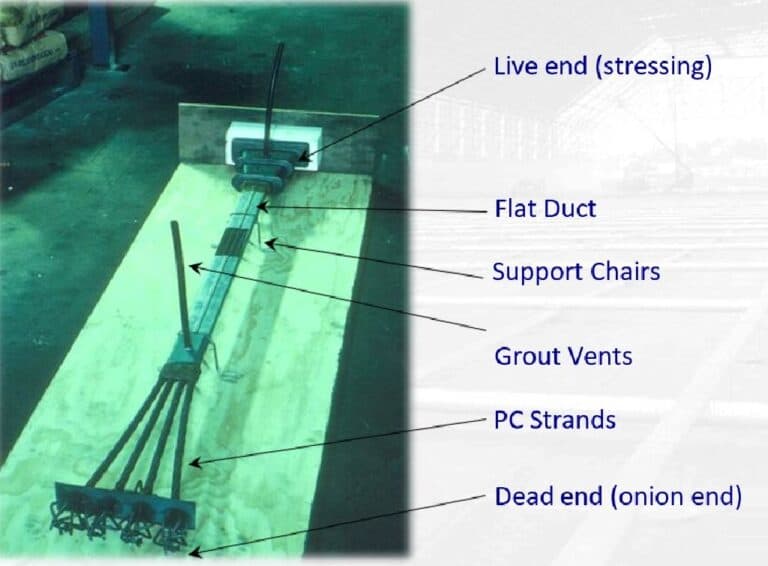How to Increase the Height of an Existing Concrete Slab? (Easy Guides)
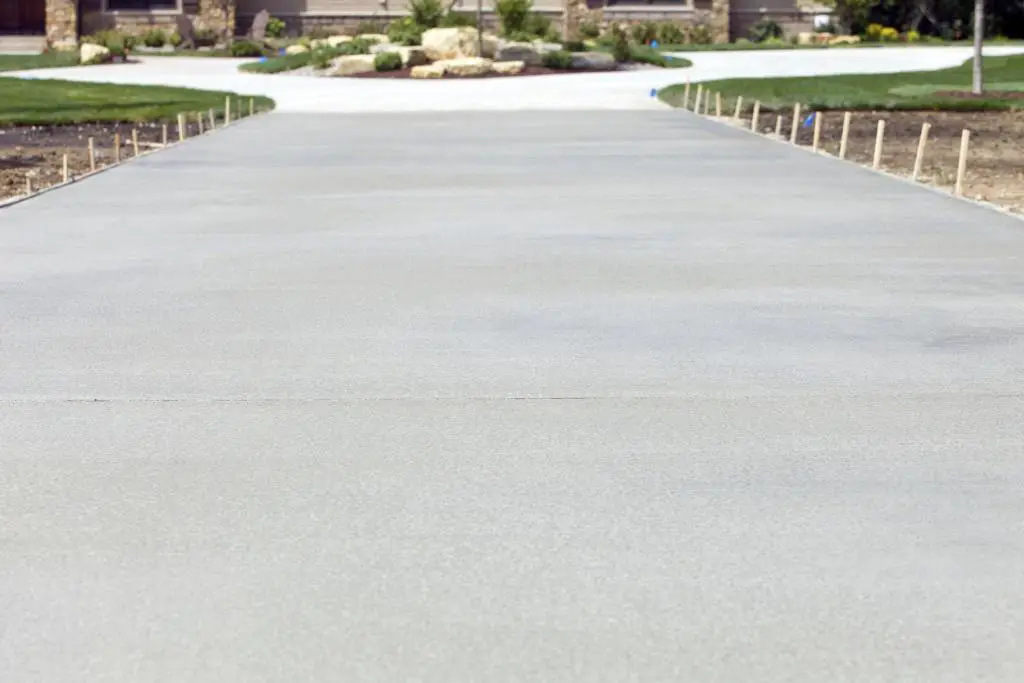
Concrete slabs are commonly used for floors, driveways, patios, and other outdoor surfaces. However, the height of the slab may not always meet the requirements of the structure or the design.
In such cases, it may be necessary to increase the height of the existing concrete slab. If you have an existing concrete slab that is too low for your needs, you may be wondering if it is possible to raise it.
The good news is that it is possible to increase the height of an existing concrete slab, but it requires careful planning and execution. In this article, we will discuss the various methods for raising a concrete slab, the tools and materials you will need, and the steps you should take to ensure a successful project.
Understanding the Existing Concrete Slab
Before increasing the height of the existing concrete slab, it is essential to understand the characteristics of the existing slab. Factors like the thickness of the slab, the strength of the concrete, the condition of the surface, and the presence of any cracks or damage should be evaluated.
It is also important to ensure that the additional weight from the increased height of the slab is supported by the foundation. The foundation should be checked for its ability to support the extra load.
1. Thickness of the Slab
A measuring tape can be used to determine the thickness of the existing concrete slab. However, if the slab is covered, it may be necessary to remove the covering material to measure the thickness accurately. The thickness of the slab will play a crucial role in determining the amount of additional height that can be added. Thicker slabs may be able to support more additional height compared to thinner slabs.
2. Strength of the concrete
The strength of the concrete can also be determined by carrying out a compressive strength test. This test will determine the maximum amount of load the concrete can bear without failing. If the concrete has a low strength, then additional measures will need to be taken to ensure that the slab can support the increased height.
3. Condition of the surface
The surface of the existing slab should also be evaluated to determine if it is in good condition. Any cracks, holes or other damage should be repaired before increasing the height of the slab. Neglecting to repair these issues can result in further damage and can make it difficult to achieve a level surface.
4. Assess the Foundation of existing slab
Lastly, it is important to assess the foundation that the existing slab is sitting on. The foundation should be able to support the weight of the additional height. If it is not capable of doing so, then reinforcing the foundation may be necessary before proceeding with the project.
How to Increase the Height of an Existing Concrete Slab?
There are two main methods for raising a concrete slab: mudjacking and concrete leveling.
1. Mudjacking
Mudjacking, also known as slabjacking, is a process in which a slurry of cement, sand, and water is pumped into holes drilled in the concrete slab. As the slurry fills the voids beneath the slab, it raises the concrete and provides a stable base. Mudjacking is a cost-effective method for raising concrete slabs, but it is not suitable for all situations. It is best used for smaller slabs and those with minor settling issues.
2. Concrete Leveling
Concrete leveling, also known as slab leveling or foam jacking, is a process in which a polyurethane foam is injected beneath the slab. The foam expands to fill voids and raises the slab to the desired height. Concrete leveling is a newer method than mudjacking and is gaining popularity due to its ease of use, effectiveness, and durability.
Tools and Materials You Will Need
To raise a concrete slab, you will need the following tools and materials:
- Drill with masonry bit
- Mudjacking pump or foam jacking kit
- Cement, sand, and water for mudjacking
- Polyurethane foam for concrete leveling
- Trowel
- Concrete sealer
Steps for Increasing the Height of an Existing Concrete Slab
Here are the steps you should take to increase the height of an existing concrete slab:
- Clean the existing slab thoroughly to ensure that the surface is free of dirt, debris, and other contaminants that could affect the bonding of the new material.
- If you are using the mudjacking method, drill holes in the concrete slab at predetermined locations. These holes should be spaced at regular intervals and should be large enough to accommodate the pump hose.
- Prepare the cement slurry by mixing cement, sand, and water in the correct proportions. The consistency of the slurry should be thick but still pourable.
- If you are using the mudjacking method, pump the slurry into the holes drilled in the concrete slab. As the slurry fills the voids beneath the slab, it will raise the concrete to the desired height. If you are using the concrete leveling method, inject the polyurethane foam beneath the slab. The foam will expand to fill voids and raise the slab.
- After the slab has been raised to the desired height, use a trowel to smooth out any rough spots and create a level surface.
- Allow the new material to dry and cure according to the manufacturer’s instructions.
- Apply a concrete sealer to protect the surface from water and other elements.
Tips for Increasing the Height of an Existing Concrete Slab
Increasing the height of an existing concrete slab can be a daunting task, but with the right approach and techniques, it can be done successfully. Here are some tips to help you achieve a successful outcome:
- Determine the Structural Integrity of the Existing Slab
Before increasing the height of an existing concrete slab, it is important to assess its structural integrity. This will help you determine if the slab can support the additional weight and if it is stable enough to withstand the process of raising or lifting.
If the existing slab has cracks or other signs of damage, it may not be suitable for increasing its height. It may be necessary to remove and replace the entire slab, or conduct repairs before proceeding with the height increase.
- Choose the Right Method
There are several methods for increasing the height of an existing concrete slab, including pouring a new layer of concrete, using a self-leveling compound, or using concrete raising or lifting. Each method has its own advantages and disadvantages, and the right method will depend on the specific needs of your project.
For example, if you need to increase the height by more than a few inches, pouring a new layer of concrete may be the best option. On the other hand, if you only need to increase the height by a small amount and want to avoid the hassle of removing the existing slab, concrete raising or lifting may be a more suitable option.
- Prepare the Surface
To ensure a successful outcome, it is important to properly prepare the surface before beginning the height increase process. This includes cleaning the surface thoroughly to remove any dirt, debris, or loose material. You should also repair any cracks or other damage to the existing slab before proceeding.
- Use High-Quality Materials
Using high-quality materials is essential for achieving a successful outcome when increasing the height of an existing concrete slab. This includes using the right type of concrete or self-leveling compound, as well as ensuring that the materials are mixed and applied correctly.
When raising or lifting concrete, it is important to use a slurry mixture that is specifically designed for the process. This will ensure that the new height is stable and level, and that the slurry does not shrink or crack over time.
- Work with a Professional Contractor
Increasing the height of an existing concrete slab is a complex process that requires specialized knowledge and equipment. To ensure a successful outcome, it is important to work with a professional contractor who has experience in this area.
A professional contractor will be able to assess the structural integrity of the existing slab, recommend the best method for increasing the height, and ensure that the process is done correctly. They will also use high-quality materials and equipment to ensure that the new height is stable and level.


